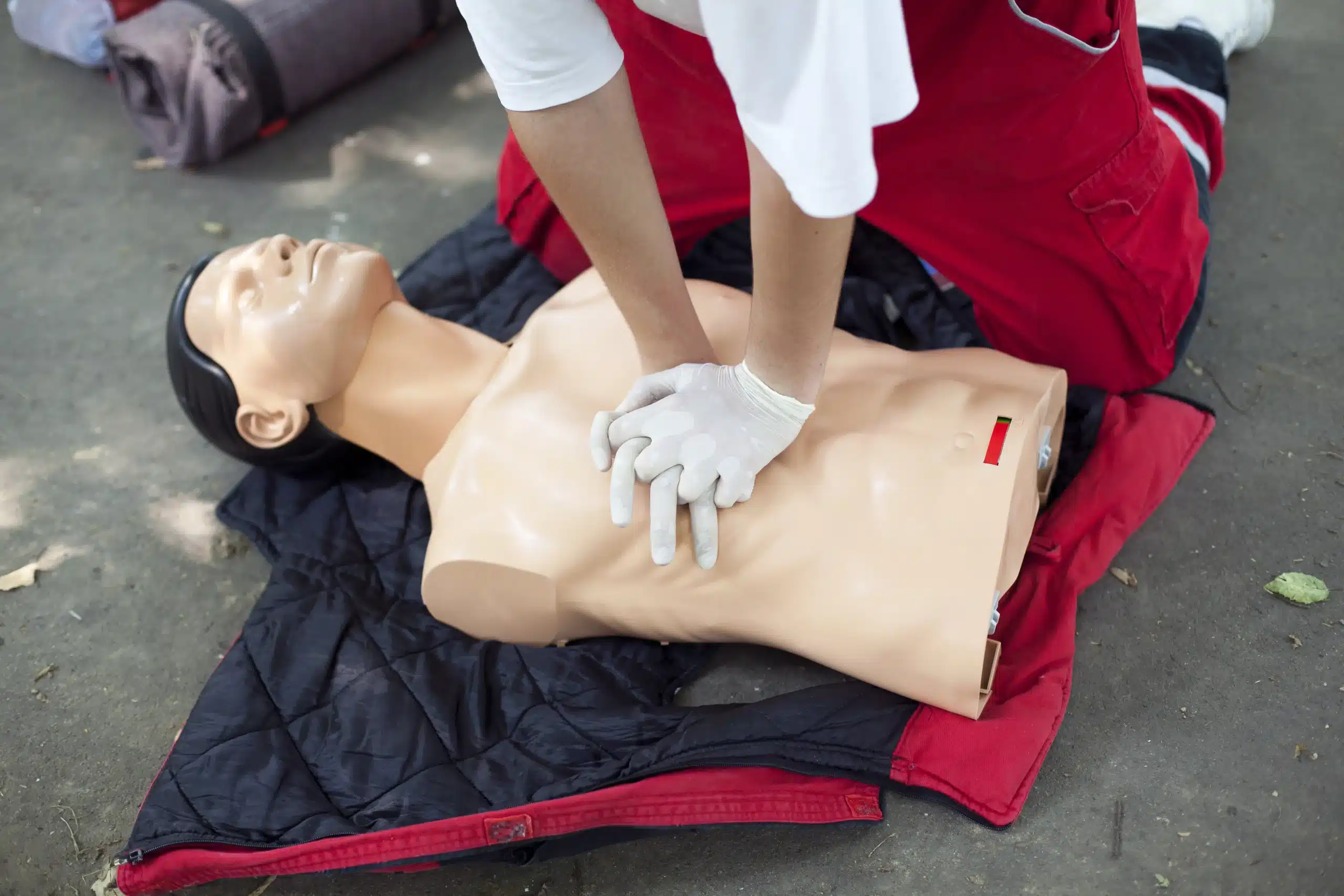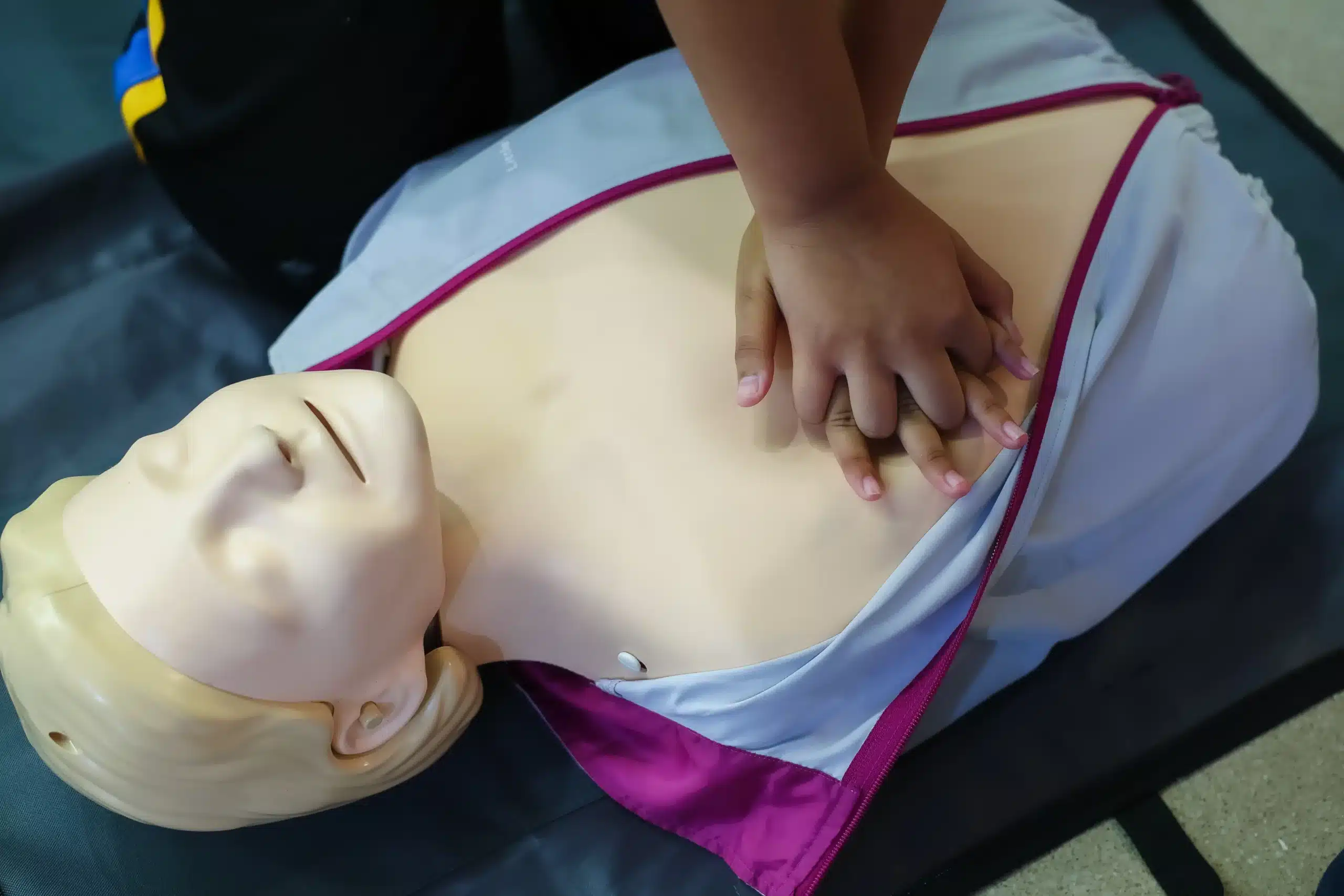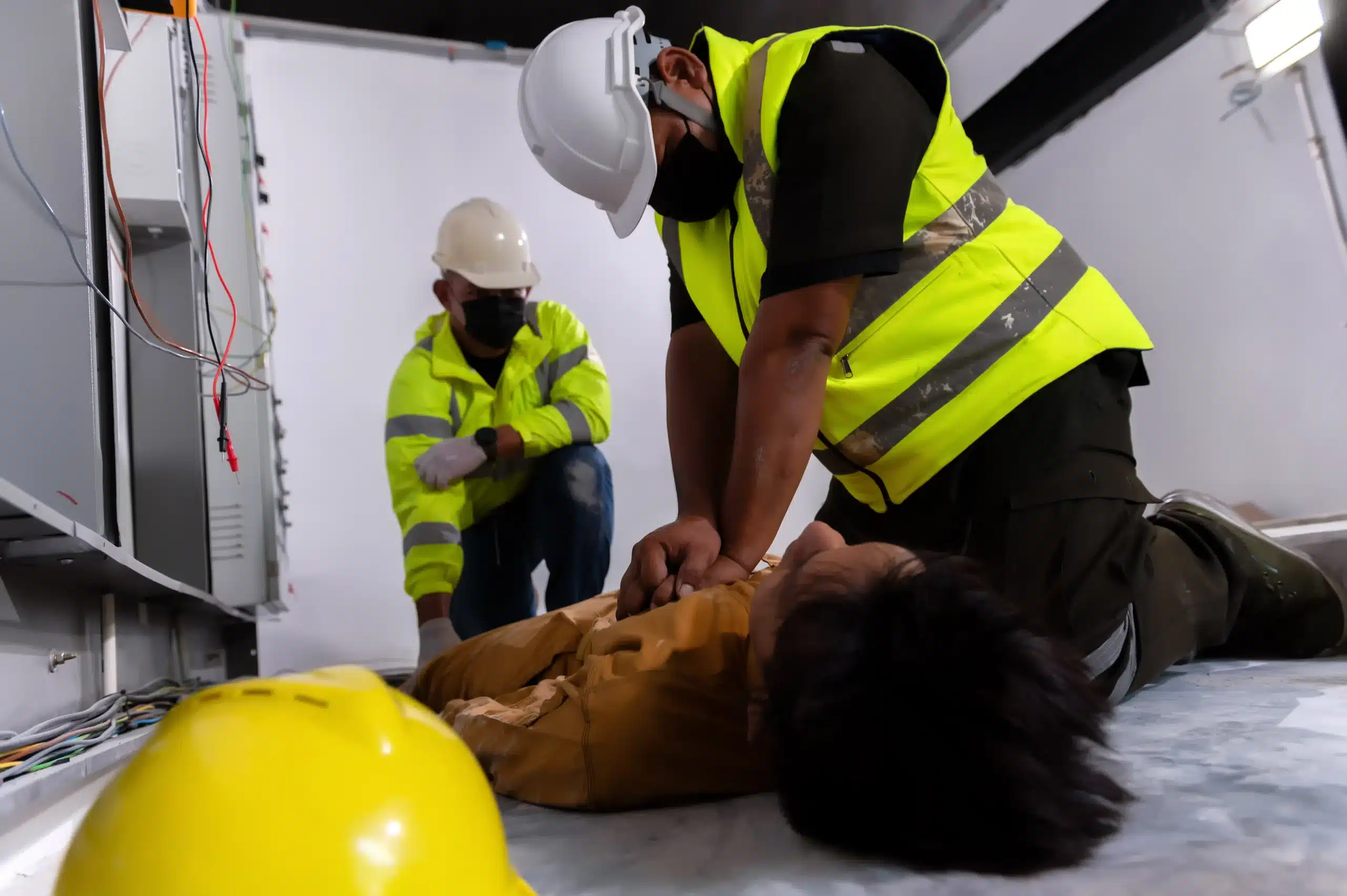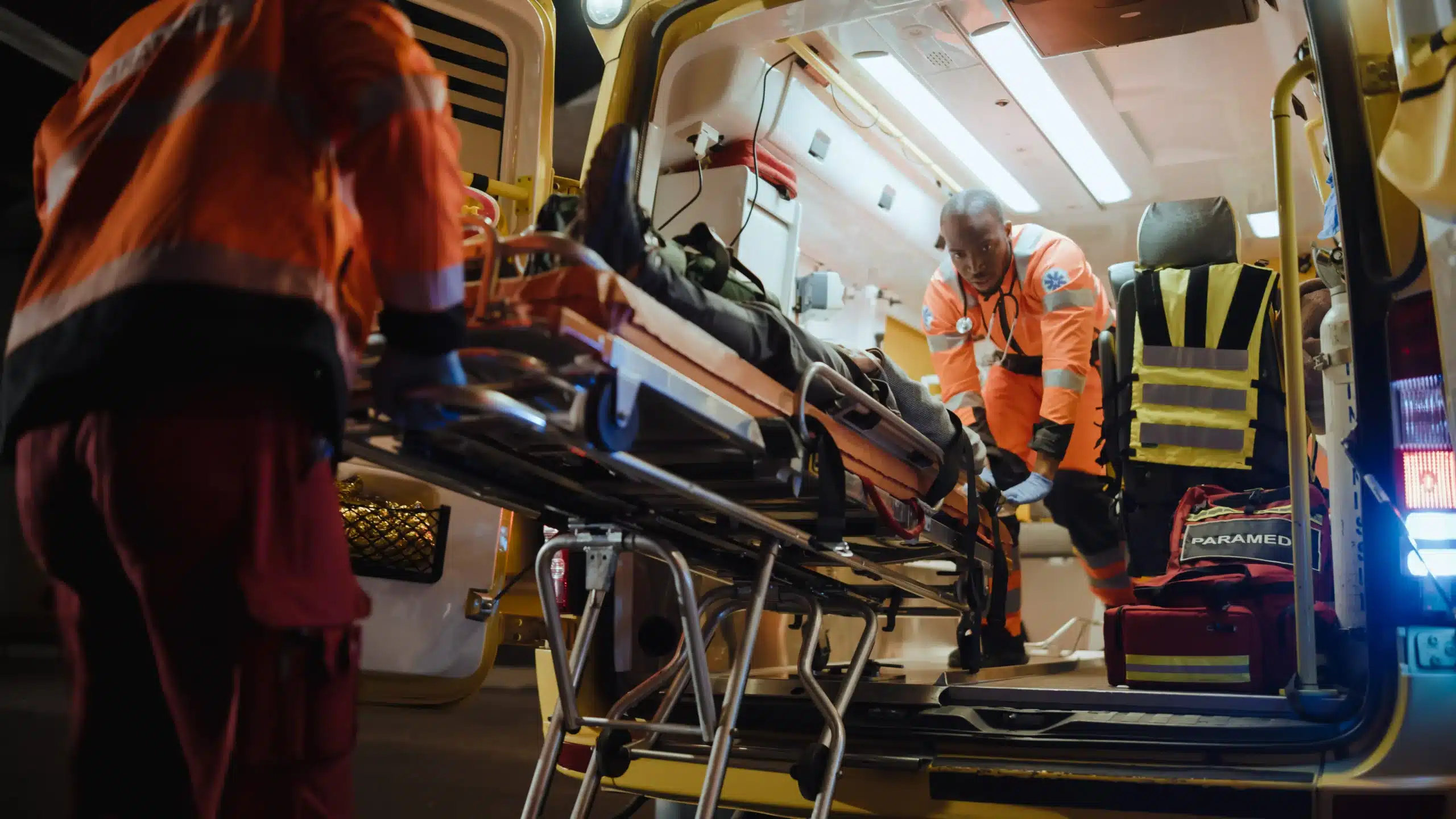Emergencies can happen at any moment. Whether it’s a sudden cardiac arrest or a minor injury, knowing how to respond can save lives. That’s why CPR (Cardiopulmonary Resuscitation) and first-aid training are so important. These skills enable employees to act quickly and effectively in critical situations.
Understanding the Basics of CPR and First-Aid
CPR is a lifesaving technique used in emergencies when someone’s heartbeat or breathing stops. It involves chest compressions and rescue breaths to keep blood flowing and provide oxygen until professional help arrives.
First aid refers to the immediate care given to an injured or ill person, covering a range of basic interventions, from bandaging wounds to stabilizing fractures.
Both CPR and first aid are essential skills that can be easily learned through certified training programs. These programs provide individuals with the knowledge and confidence to handle emergencies effectively. By understanding these basics, employees can help create a safer workplace environment.
The Importance of Timely Response
A quick response during a medical emergency can greatly improve a victim’s chances of survival. For instance, in cases of cardiac arrest, every second matters. Immediate CPR can double or even triple survival rates. When employees are trained, they can act quickly and effectively, providing crucial support until professional medical help arrives.
Timely responses also help reduce the severity of injuries. First aid can prevent complications, lessen pain, and promote faster recovery. This benefits not only the individual but also the organization, leading to less downtime and absenteeism.
Building Confidence and Preparedness
Training builds confidence among employees. When emergencies arise, those who are trained are more likely to step up and help, which can be crucial in life-or-death situations. A confident response minimizes panic and confusion, resulting in a more organized and effective reaction.
Preparedness starts with having a clear plan. Workplace training ensures everyone knows their role during an emergency. This includes understanding safety protocols, knowing where first-aid kits are located, and being familiar with emergency contact numbers. By promoting preparedness, organizations cultivate a culture of safety and security.
Legal and Ethical Responsibilities
Organizations are legally required to ensure the safety of their employees, and one way to fulfill this duty is by providing CPR and first-aid training. In many areas, occupational safety laws mandate that employers offer this training. Not complying can lead to legal issues and financial liabilities.
Beyond these legal requirements, there is an ethical responsibility to protect employees. Equipping them to respond effectively during emergencies is a moral obligation that shows a commitment to their well-being and demonstrates that the organization values human life above all else.
Enhancing Workplace Morale
Training programs can significantly boost employee morale. When employees feel safe and valued, they become more engaged and productive. Knowing that their employer invests in their safety builds loyalty and trust. This positive work environment often leads to improved teamwork and collaboration.
Moreover, training sessions provide great opportunities for team-building. They encourage employees to work together, fostering camaraderie and mutual support. These interactions can strengthen workplace relationships and create a more cohesive team.
The Role of Training Providers
Choosing the right training provider is essential. Certified providers offer comprehensive courses that align with industry standards, ensuring the training is relevant, practical, and engaging. Look for providers with experienced instructors, positive reviews, and a strong track record.
Training should also be tailored to the specific needs of your workplace. Consider factors like the nature of your industry, common risks, and the number of employees. A customized approach ensures the training is effective and applicable to real-life situations.
Overcoming Common Barriers
Despite its importance, some organizations hesitate to implement training due to perceived barriers. One common concern is cost; however, the investment is minimal compared to the potential costs of an unprepared workforce. Many providers also offer flexible pricing options and group discounts.
Another barrier is time constraints. To tackle this, consider scheduling training sessions during quieter periods or incorporating them into annual safety meetings. Online courses can further provide flexibility, allowing employees to learn at their own pace.
The Impact on Business Continuity
Emergencies can disrupt business operations, but organizations can minimize these disruptions by preparing employees with CPR and first-aid training. Trained staff can handle minor incidents on-site, reducing the need for external medical help. This efficiency helps keep operations running smoothly and maintains productivity.
In the case of a major incident, a swift and organized response can limit damage and loss. This proactive approach supports business continuity, allowing the organization to quickly recover and return to normal activities.
Encouraging a Safety-First Culture
Promoting a safety-first culture takes ongoing commitment. Regular refresher courses help keep employees’ skills sharp and up-to-date. It’s important to encourage open communication about safety concerns and to invite feedback on training programs. Celebrating safety milestones and achievements also reinforces the value of a safety-first approach.
Leadership is key in fostering this culture. When managers and executives prioritize safety, they set a positive example for the entire organization. By demonstrating commitment to safety initiatives, leaders encourage employees to take them seriously.
Taking the Next Steps
If your workplace hasn’t yet implemented CPR and first-aid training, now is the time to take action. Contact us at Safety Training Seminars to explore your options. Consider making this training a key part of your organization’s safety strategy and prioritize it for all employees.
Conclusion
CPR and first-aid training are essential for enhancing workplace safety and building confidence while meeting legal responsibilities. By investing in this training, organizations show their commitment to employee well-being, which boosts morale and ensures business continuity. Being prepared is crucial—it saves lives and fosters a safer, more secure work environment.






